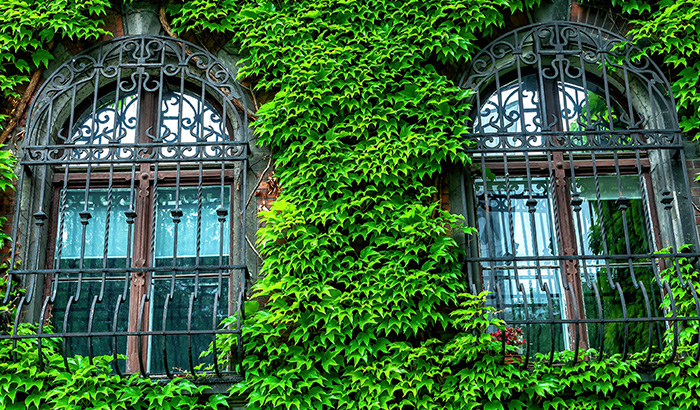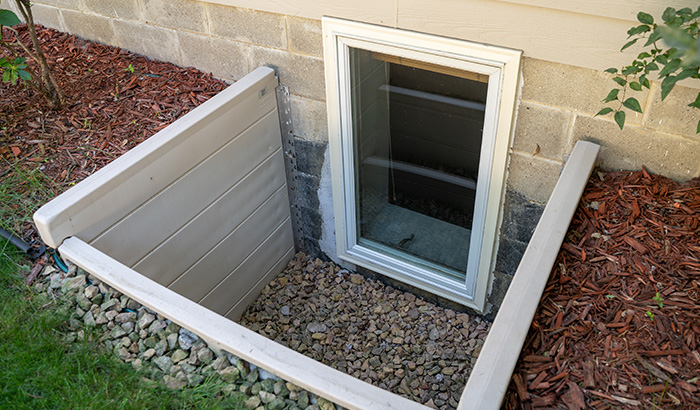Window well injuries can occur when individuals, such as children or unsuspecting adults, fall into uncovered or improperly secured window wells on a homeowner’s property. These injuries can range from minor cuts and bruises to more severe fractures, head trauma, or even fatalities.
As a responsible homeowner, prioritizing safety and taking proactive measures to reduce the risk of incidents is of utmost importance. This involves being vigilant and proactive in identifying potential hazards and implementing appropriate safeguards.
By regularly assessing the safety of your property, including areas such as window wells, you can identify potential risks and take the necessary steps to mitigate them. This may involve installing secure covers or grates, maintaining clear visibility, ensuring proper fitting and fastening, and seeking professional assistance when needed.
When homeowners demonstrate a commitment to safety and take proactive measures, they can create a secure living environment that protects both residents and visitors from potential harm.
Assessing the Risk of Window Well Injuries
When assessing the risk of window well injuries on your property, it is crucial to consider the location and accessibility of your windows. Ground-level windows or basement windows are typically more susceptible to accidents because they are closer to the ground and easier to reach. These windows are often at eye level or within reach for children, increasing the likelihood of accidents occurring.
Basement window wells, in particular, pose a higher risk due to their below-ground location. Since they are typically below the surface, they can be more challenging to notice or navigate around, especially for individuals who are unfamiliar with the property. The lack of visibility and awareness can lead to accidental falls or collisions with window wells.
The depth and size of the window wells also play a significant role in determining the potential danger they pose. Deeper window wells increase the risk of more severe injuries if someone were to fall in. A fall from a greater height can result in a more significant impact and potential trauma.
Similarly, larger window wells provide more space for individuals to accidentally step or fall into, further increasing the risk.
How Deep Are Your Window Wells?
The allowed depth of the window well is determined by the municipality’s building code. If the basement is finished and habitable, local laws will require egress windows to be deep enough for a person to evacuate in the event of a fire.
A window this size usually must be installed in every bedroom. If the lower level has a walkout doorway, installed windows may not have to be constructed as deep, but some homeowners choose to insert larger windows anyway for better lighting.
When windows are large enough to meet evacuation code standards, the window well’s depth can reach 3 feet. If a young child fell 3 feet or more into the hole, he or she could suffer head trauma, broken bones, or worse. Even if an adult mistakenly slipped into a deep well, he or she might have to visit the emergency room for a cut, sprain, or more serious injury.
Visibility of the Window Wells
The surrounding environment and landscaping of your property are additional factors to consider. If your window wells are located near areas with high foot traffic or where children frequently play, the risk of accidents becomes greater.
For example, if a window well is situated near a popular pathway or close to a playground, the chances of someone accidentally falling into it are heightened. In such cases, taking extra precautions becomes even more critical to ensure the safety of those in the vicinity.
When assessing the risk, it is advisable to evaluate the visibility of the window wells. Are they clearly visible to anyone approaching the windows?
If the window wells are hidden by overgrown vegetation, bushes, or other obstructions, the chances of someone accidentally stepping or falling into them increase. Maintaining clear lines of sight and ensuring that the window wells are visible from various angles can help prevent such accidents.
Window Well Covers or Grates
To mitigate the risk of window well injuries, there are several measures homeowners can take. Installing secure window well covers or grates is an effective way to prevent accidental falls.
These covers should be strong enough to support the weight of an adult and properly fastened to ensure they cannot be easily removed. Opting for covers or grates with small openings is also advisable to prevent small children from getting trapped or injured.
Inadequately covered or secured window wells pose a significant danger as they can easily give way under the weight of a person, resulting in falls and potential injuries.
Regular inspection and maintenance of window well covers or grates are essential to ensure their stability and effectiveness. Here are some steps to take to ensure the covers or grates are in good condition:
- Visual Inspection: Periodically examine the covers or grates to identify any signs of damage, wear, or loosening. Look for cracks, rust, bent sections, or missing parts. It is important to catch and address these issues promptly.
- Secure Fastening: Check the fastening mechanisms of the covers or grates. Ensure that they are properly tightened and securely attached to the window well structure. Loose or weak fasteners can compromise the stability of the covers and increase the risk of accidents.
- Structural Integrity: Assess the overall structural integrity of the covers or grates. Make sure they are strong and capable of supporting the weight of an adult. Consider the material they are made of, such as metal or durable plastic, to ensure they are robust enough to withstand pressure.
- Weather Resistance: Verify that the covers or grates are designed to withstand the elements. Exposure to harsh weather conditions can cause deterioration over time. Look for signs of corrosion, warping, or degradation that could compromise their effectiveness.
- Proper Fit: Ensure that the covers or grates fit securely over the window wells without gaps or openings. Small gaps or spaces can allow debris, leaves, or even small children to slip through, defeating the purpose of the covers or grates.
- Repair or Replacement: If any damage or issues are identified during the inspection, take immediate action to repair or replace the covers or grates. Promptly addressing these problems helps maintain a safe environment and reduces the risk of accidents.
Regular maintenance and inspection should be incorporated into your routine home safety practices. It is recommended to check the covers or grates at least once a year, preferably before the onset of seasons that may put them under increased stress, such as winter with heavy snowfall or spring with potential flooding.
Windowell Expressions Offers Safety and Security
Windowell Expressions is a reliable resource for homeowners seeking to minimize the risk of window well injuries on their property. With Windowell Expressions, you get customized window well cover options specifically designed for your basement windows. These tailored covers offer an effective solution for enhancing safety and reducing the likelihood of accidents.
Contact us today to request a quote, or call 801-683-0838 for a free estimate.







